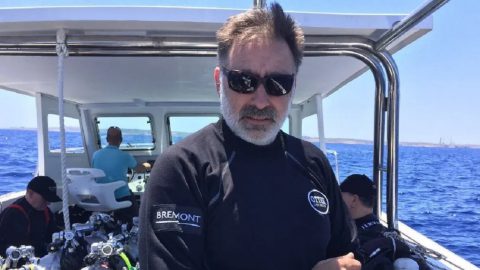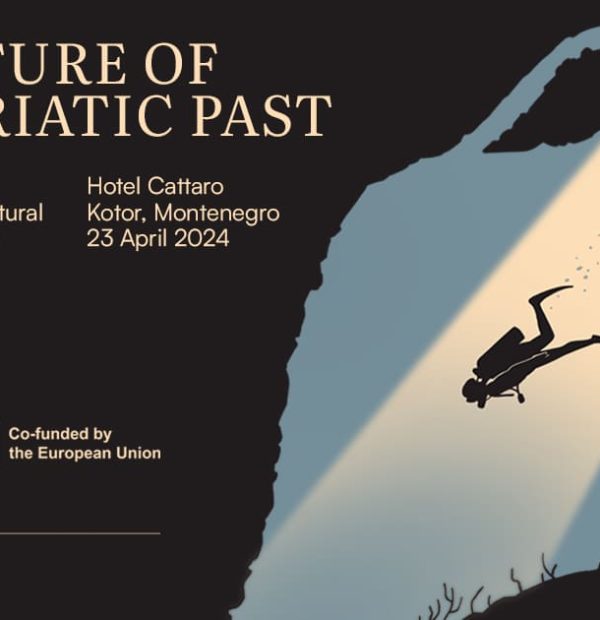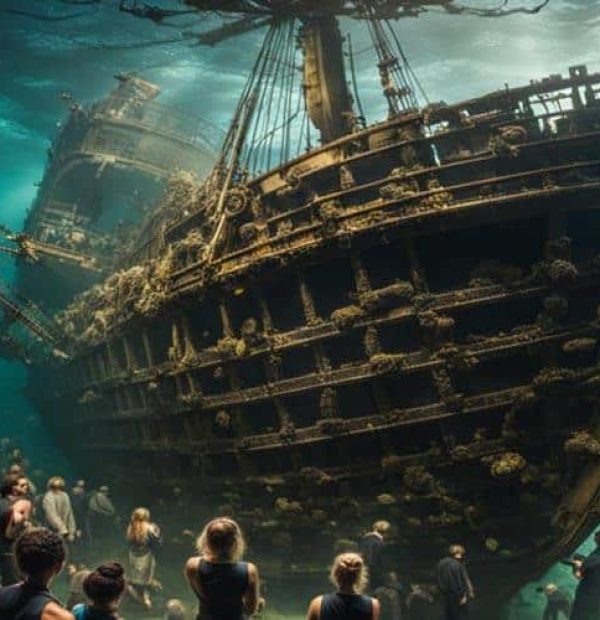Thursday, 16 May 2024
Menu

The result? Well… Mr Thompson and Mr Kenyon must have been looking for imaginative people among their contemporaries who could see anything and figure out the rest. Unfortunately this is what happens when the location for photographic experiments is the waters near Dorset and the mentioned Waymouth Bay. It is worth noting, however, that the attempt took place just 20 years after the first ever photograph was taken and 40 years before the first attempt was made at diving.
In 1893, Louis Boutan created a simple and crude housing for a small camera that was used while diving in a so-called “classic”, a diving suit powered by air from the surface. Boutan quickly realised the limitations of underwater photography as depth increased and natural light decreased. This is why he made pioneering attempts to introduce artificial lighting in subsequent attempts.

The result of his collaboration with Arago Laboratories in Banyuls, France, was the creation of a device allowing to create a flash underwater, similar in operation to the flash we know today. The difficulties encountered by Boutan did not prevent him from becoming the author of the first underwater “selfi” in history. In addition, long before the term “selfi” came into existence. In 1899, using a camera mounted in a housing which he made together with his brother Auguste, he took the picture which you can find at the very top of our text.

It should be remembered that men had to contend with many of the limitations of the time. At the end of the 19th century, technology in the field of photography, despite its thriving development and the interest of many people, was still barely in its infancy and was only moving towards slightly more advanced designs and reagents.
However, there is a way around everything. The Boutan brothers used a flash bubble to shorten the extremely long exposure time, which could last up to 30 minutes. This was a bubble filled with oxygen and magnesium, which was burned to release an electrical impulse. This method had various shortcomings that greatly affected the quality of the photographs taken, as well as the safety of the photographer. However, beginnings are usually difficult and, in any case, it was a step forward.

Only with the help of his assistant, Joseph David, did Louis Boutan develop the flash bulb. This was already safe to use and gave better results than its predecessor. Further development of methods and equipment for underwater photography resulted in the publication of the album “La Photographie Sous-Marine” in 1898. It contained a number of underwater photographs and some sketches by Louis Boutan.
Source:bsoup.org










Welcome to DIVERS24.COM, your daily source of scuba news, freediving, scuba diving information, and equipment reviews. Our comprehensive coverage of the dive industry from A to Z provides you with all the latest scuba news, training updates, underwater photography tips, and everything else related to scuba diving. Whether you’re a beginner or an experienced diver looking for more knowledge about scuba gear or techniques – we’ve got it covered! With our in-depth articles written by experienced divers who have been there and done that, you are sure to find exactly what you need here at Divers24.com. Dive into scuba news today!
Underwater Media Sp. z o.o.
Szafarnia 11/F8,
80-755 Gdansk, Poland
Welcome to DIVERS24.COM, your daily source of scuba news, freediving, and scuba diving information. Sign in for a weekly news update and discount coupons for dive gear and apparel.
@2023 - underwatermedia.pl. All Right Reserved. Designed and Developed by Tworzenie stron internetowych Gdansk

The Divers24 portal is currently the largest online medium treating diving in Poland. Since 2010 we have been providing interesting and important information from Poland and around the world on all forms of diving and related activities.
Contact us: info@divers24.com